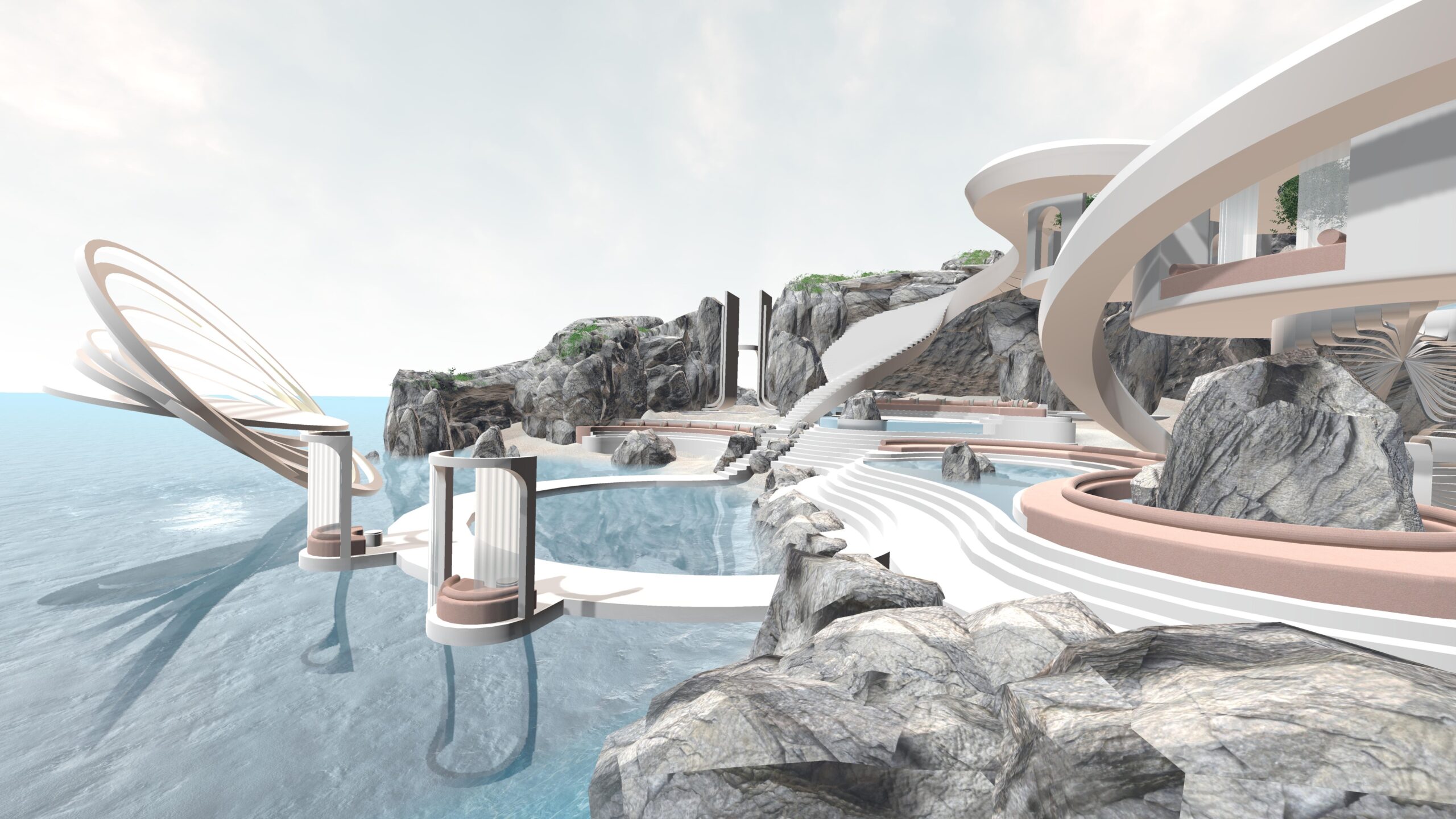Hospitality design in the metaverse: challenges, opportunities and limitations
By WATG
July 22, 2022
While it feels like the metaverse only made its way into our orbits recently, the concept isn’t new. Coined in Neal Stephenson’s 1992 sci-fi novel Snow Crash, this alternative, virtual world – or an extension of real life experienced through the internet – has been met with mixed reviews: cautious optimism, connection, intrigue, possibility, fear, disorder and a chance to start over often come to mind. Regardless, brands have been quick to capitalize on its momentum – as have consumers – and it makes sense why: according to Wunderman Thompson, 93% of global consumers agree that technology is our future; 76% say their everyday lives depend on it; and just over half (52%) say their happiness depends on it.
In the metaverse so far, serenity and calm or soothing spaces don’t seem to be as prominent – and we think this will be a niche that grows in the near future.
So, when that focus shifts from real life to virtual, what is the role of the architect? And, as hospitality designers specifically, what are the challenges and opportunities unique to creating experiences in the metaverse? Following their shortlisted participation in MoNA Gallery’s ‘Renaissance’ competition, we interviewed WATG Singapore architects Nora Kaichung Pui, Daniel Espanol, Gajender Sharma and Mark Barrientos about their experience and the metaverse more broadly.
Can you explain a little bit about the metaverse and our virtual hospitality design, Aeaea?
Over the past few years, and especially since Facebook rebranded to Meta, the concept of the metaverse – or a 3D digital world – has gained momentum. We’re seeing everyone from architects to fashion houses exploring the digital economy and its possibilities. Our team [WATG Singapore] was keen to better understand its potential as relates to hospitality design and MoNA Gallery’s ‘Renaissance’ competition, which invited participants to create spaces for meeting and sharing, exhibiting art, or hosting events and live performance, seemed like a great place to start.
Discovery is a core component of our ‘real life’ designs and is at odds with what we’re seeing in the metaverse at the moment.
From the outset, we wanted to consider our digital space in the same way that we would a resort. Upon arrival, you’re taken on a journey with moments of pause and moments of surprise and delight. Discovery is a core component of our ‘real life’ designs and is at odds with what we’re seeing in the metaverse at the moment – many of the spaces have taken a very overloaded sci-fi stance, which there’s nothing wrong with, but our vision was to create a surreal landscape that evoked a sense of fantasy, a little bit of serenity, some of the core pillars of good hospitality design and, most importantly, provided respite from the real world. We named the space Aeaea, after the mythical Greek island.
You mention creating a break from the real world. Is this one of the greatest opportunities for the metaverse?
Definitely. Design, whether in real life or a virtual world, is about creating different forms of escapism. In the metaverse so far, serenity and calm or soothing spaces don’t seem to be as prominent – and we think this will be a niche that grows in the near future.
It’s also important not to overlook the fact that what people want from the metaverse is different to real life. They’re not limited to real-time standards, and, overall, they expect more. Likewise, many people do not like this real world – and they are eager to change their environment. Allowing everyday people to create the world around them – free from the constraints of real life – is appealing to many.
What are similarities and differences between creating these environments in a real-life hospitality context and the metaverse?
In hospitality design, we often begin by looking at the five senses: sight, sound, smell, touch and taste. Currently in the metaverse, there are really only three layers of the senses that you can utilize – but this creates a unique opportunity in itself. How the space looks and sounds, and how the user interacts with both the space and other users, are key factors. As technology advances, like we’ve seen with video games, the experience will become much more refined and atmospheric.
Designing in the metaverse requires a perspective shift.
In a digital environment, you also have to approach feelings like comfort through a new lens. When designing furniture, you can’t feel it or touch it, so you need to play around with other elements in the space that create ‘comfort’ such as the effect of running water or shaping the object to evoke emotions. Designing in the metaverse requires a perspective shift.
Normally, designs are conceived with a target audience in mind and a brief from the client, but the internet is somewhat boundaryless. Does this have the capacity to change the role of the designer?
It’s funny – we started with a draft plan, as architects, that was rather traditional. Once we had that plan, the differences between our usual work processes and the potential of the metaverse became more apparent. The design experience overall is more experiential – it’s not something that you can draw in elevations or sections. As a group we’d jump in the space and design as we go, deciding to put a secret passage here or there, or moving obstacles to provide a better user experience. Perhaps, then, it’s less a case of the role of the designer changing, but the relationship between the designer and the client evolving. Without the constraints of physical space, it is less about working to a brief and more about us working together as content creators.
Do you think that the principles that people are applying in the metaverse will begin to change the way that we approach or experience design in real life?
The way we design in digital environments will likely impact the way we collaborate in future – and the outcomes too. Buildings may become a little more organic in shape as pens lift off the paper and become more three dimensional.
Buildings may become a little more organic in shape as pens lift off the paper and become more three dimensional.
As architects, we look at 3D spaces and experiences daily – but in the metaverse you are always on the inside. The scale is different, and your mind changes as you go. In real life, a lot of those changes don’t occur until you’re on site. There are also a different set of limitations to designing in the digital world. Gravity is still a consideration, for example.
Important to note, too, is that there is no archetype in the metaverse. It’s not a strictly architecture-related process. There’s no landscape designer. There’s no interior designer. We’re all ‘one’ and everyone playing in this world is a space designer, regardless of their training or background. This universality means that, as an architect, you’re not in the metaverse to design a building, or as a landscape designer you’re not cultivating landscapes. A lot of the technical knowledge is left behind.
There are a different set of limitations to designing in the digital world. Gravity is still a consideration, for example.
For us, we trained as designers, but the animation component is a highly technical skillset in and of itself – just think about filmsets and the amazing possibilities of CGI. People of different skillsets and backgrounds will always have equally valuable contributions to make in the world of design. It’s all about creating an experience – without being hindered by the usual constraints of the real world, such as building standards, height restrictions, security needs or material availability.
What possibilities do these advancements lead to for clients?
At its core, the metaverse is all about shared experience. We already often utilize AI in our client presentations, but as people become more accepting of digital spaces, this could become the norm. Advancements in technology allow us to create new experiences for our clients, and their prospective buyers and guests as well. There are other opportunities, too, such as collaborating with clients and designers to create content in open-source platforms – or immortalizing iconic destinations in digital environments.
What is the sustainability opportunity in the metaverse?
Right now, this is unclear. You could design a sustainable sanctuary in the metaverse but, in reality, the programs consume a lot of electricity. This area will need to evolve.
Latest Insights
Perspectives, trends, news.
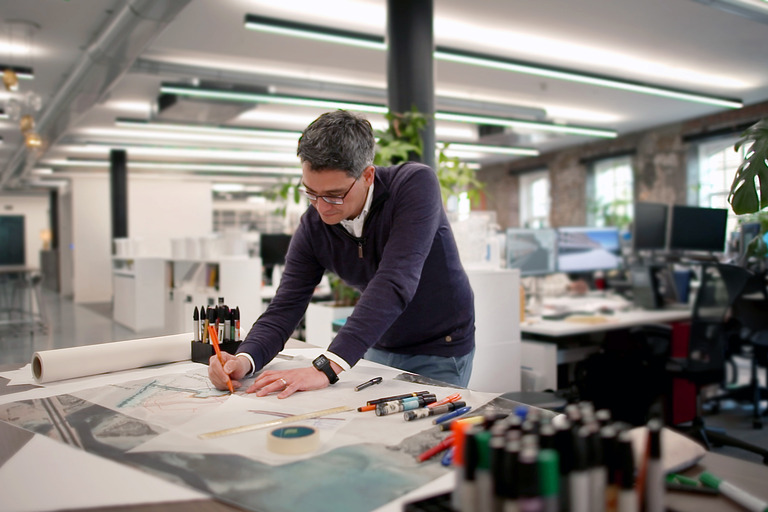
- Employee Feature
Designing for Joy, Purpose and Belonging
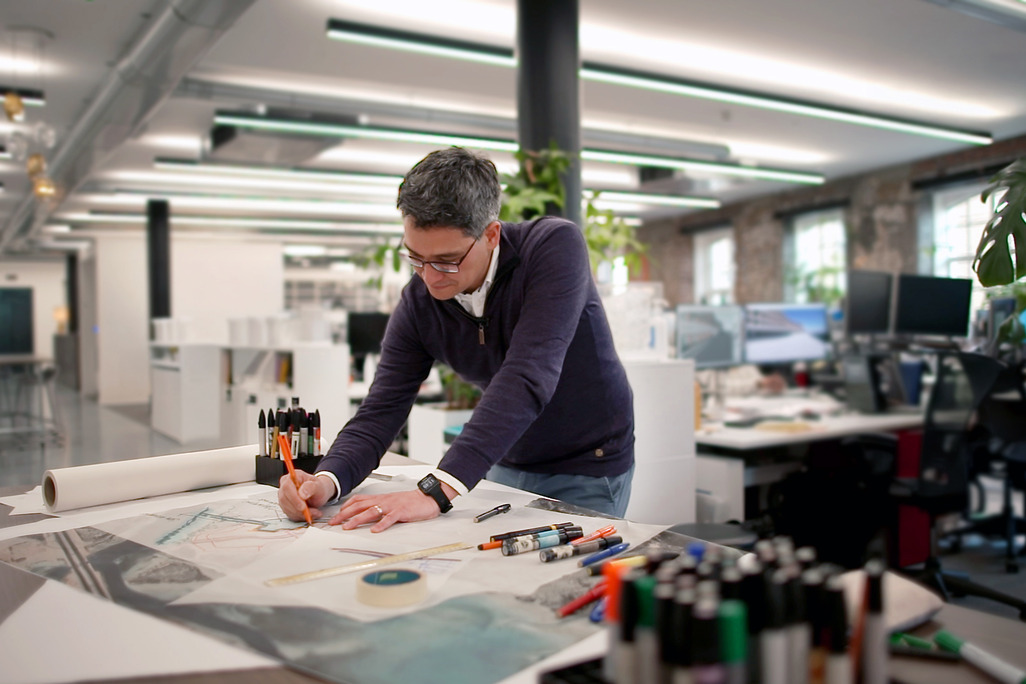
- Employee Feature
Designing for Joy, Purpose and Belonging
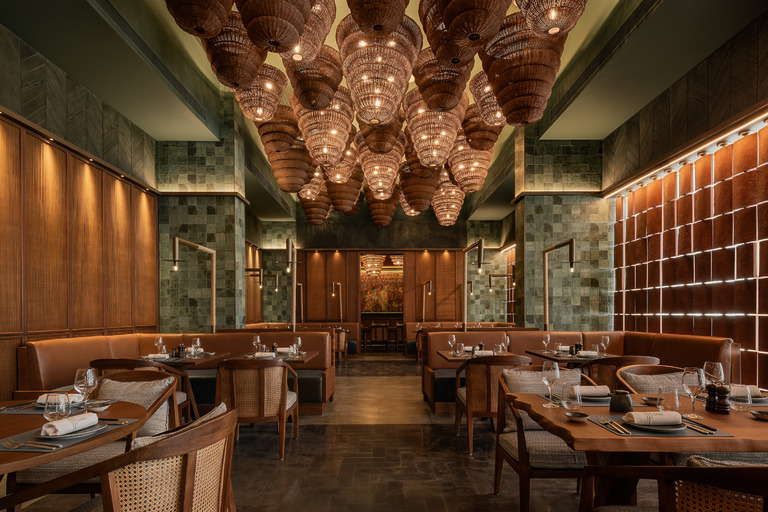
- Strategy & Research
Hospitality Trends 2026 by WATG Advisory
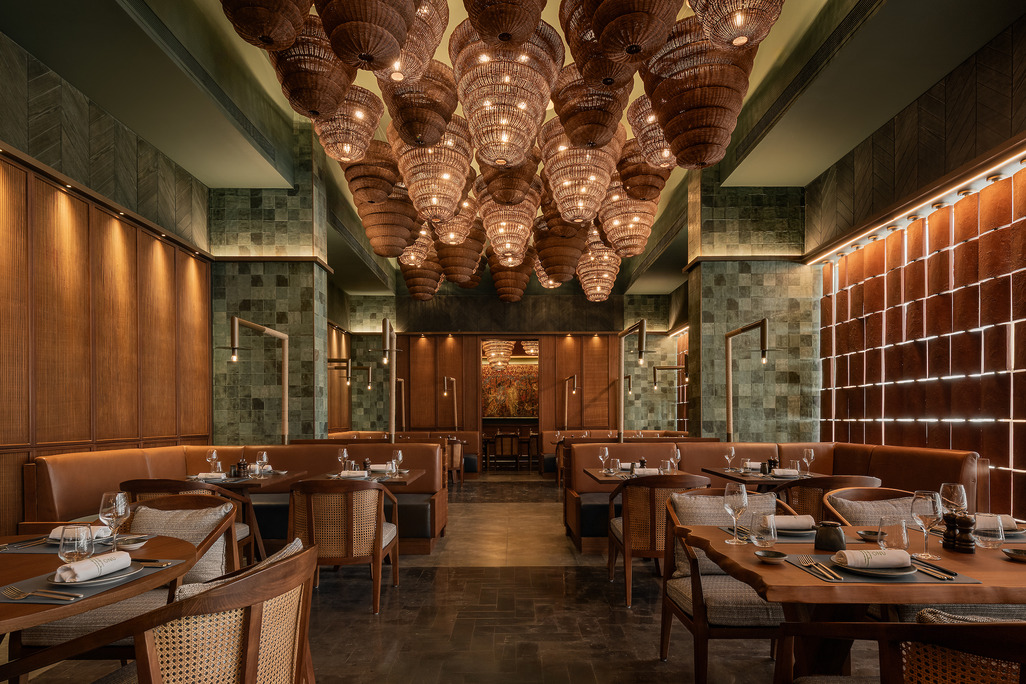
- Strategy & Research
Hospitality Trends 2026 by WATG Advisory
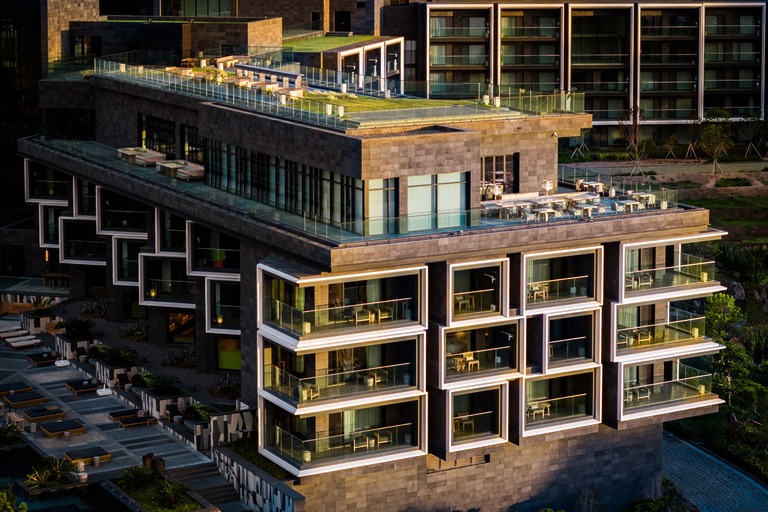
- Strategy & Research
Design to Perform: Aligning Creativity with Commercial Goals
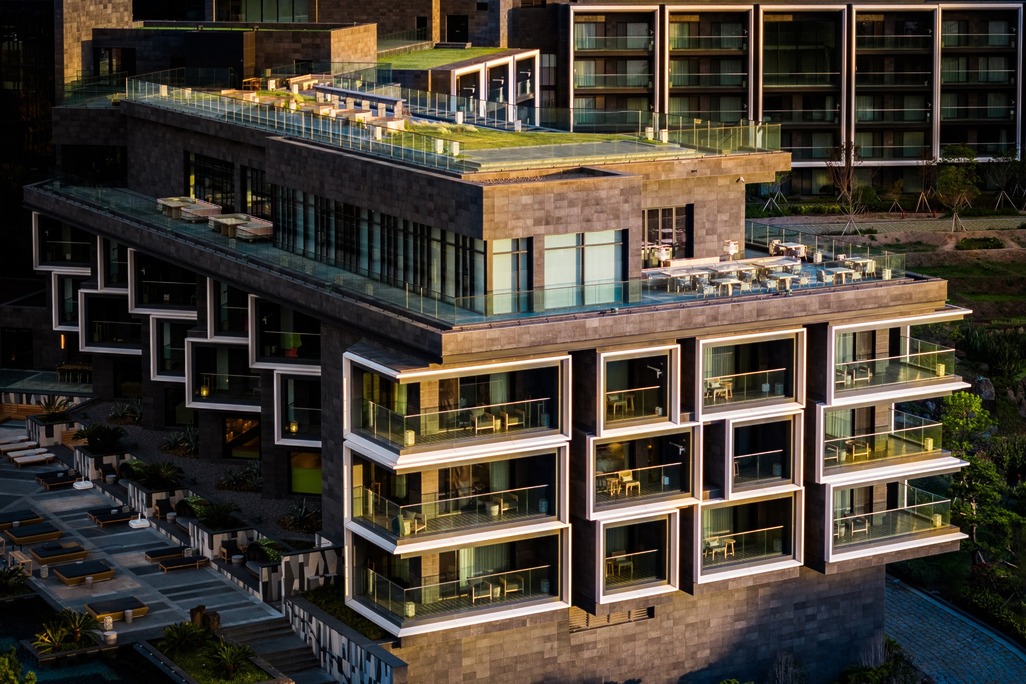
- Strategy & Research
Design to Perform: Aligning Creativity with Commercial Goals
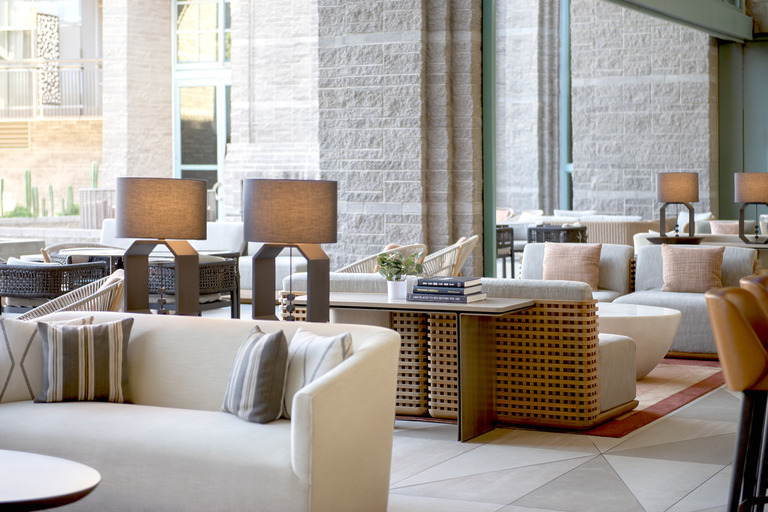
- White Paper
The Future of Group Travel: Insights from WATG Research’s 2025 Sentiment Survey
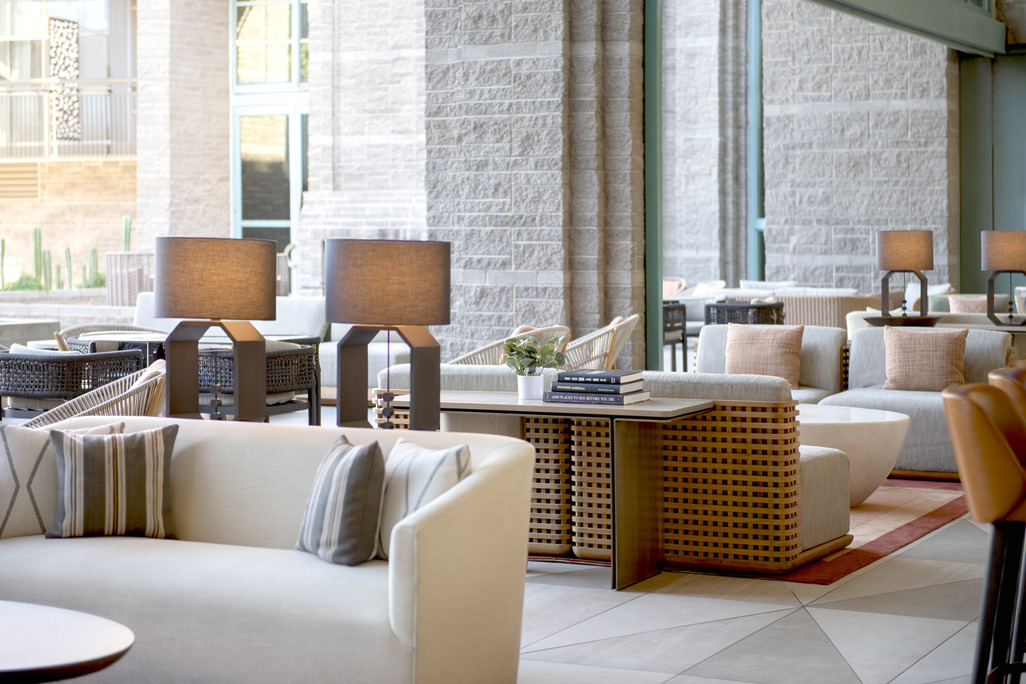
- White Paper
